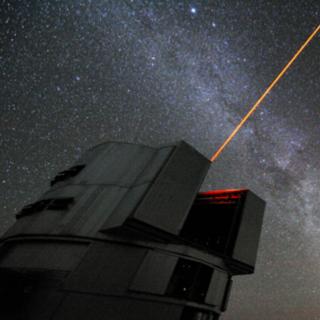Bibcode
Arroyo-Polonio, José María; Battaglia, Giuseppina; Thomas, Guillaume F.; Pascale, Raffaele; Tolstoy, Eline; Nipoti, Carlo
Referencia bibliográfica
Astronomy and Astrophysics
Fecha de publicación:
12
2024
Revista
Número de citas
7
Número de citas referidas
5
Descripción
Aims. Recently, both the presence of multiple stellar chemo-kinematic components and rotation in the Sculptor dwarf spheroidal galaxy have been put into question. Therefore, we re-examine the chemo-kinematic properties of this galaxy, making use of the best spectroscopic dataset available containing both the line-of-sight velocities and metallicities of individual stars. Methods. We carried out a detailed, quantitative analysis on a recent spectroscopic dataset from the literature that contains high precision velocities and metallicities for 1339 members of Sculptor. In particular, we assessed whether Sculptor is best represented by a single stellar population with a negative metallicity gradient or by the super-position of two or more components with a different mean metallicity, spatial distribution, and kinematic properties. For this analysis, we also include the incompleteness of the spectroscopic dataset. Results. We find that Sculptor is better described by a two-population model than by a single-population model with a metallicity gradient. Moreover, given the assumptions of the current modeling, we find evidence of a third population, composed of few stars, that is more extended and metal-poor than the two other populations. This very metal-poor group of stars shows a shift of ~15 km s‑1 in its average line-of-sight velocity (vlos) with respect to the rest of the galaxy. We discuss several possible origins for this new population, finding a minor merger as the most likely one. We also find a vlos gradient of 4.0‑1.5+1.5 km s‑1 deg‑1 but its statistical evidence is inconclusive and, moreover, its detection is partially driven by the group of stars with off-set velocities.
Proyectos relacionados

Evolución Galáctica en el Grupo Local
La formación y evolución de galaxias es un problema fundamental en Astrofísica. Su estudio requiere “viajar atrás en el tiempo”, para lo cual hay dos enfoques complementarios. El mas extendido consiste en analizar las propiedades de las galaxias a diferentes distancias cosmológicas. Nuestro equipo se concentra en el otro enfoque, denominado
Emma
Fernández Alvar